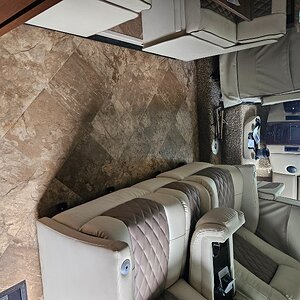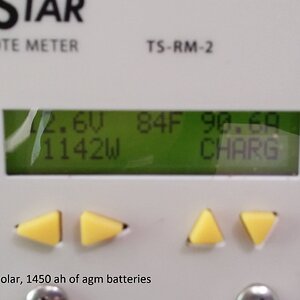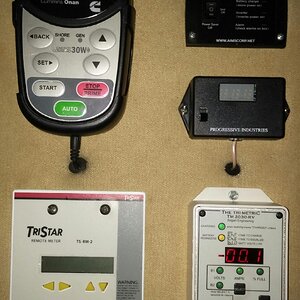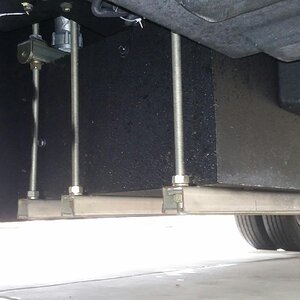MemoriesByTheMile
RVF 1K Club
- Joined
- Mar 8, 2021
- Messages
- 1,152
- Location
- Where ever the road takes us
- RV Year
- 2014
- RV Make
- Renegade
- RV Model
- Ikon
- RV Length
- 45’
- Chassis
- Freightliner Cascadia 126
- Engine
- Cummins ISX 15/600
- Fulltimer
- Yes
Learning as I go along!I didn't want to run the heatpumps constantly, so I figured I'd give the Oasis a shot and see how it performed. And it performed well, just hasn't been all that cost affective for what I'm trying to do.
I'll try the AC1/AC2 setup for a couple of weeks and see how that works.
I’ll be curious if AC1/2 works for heating your coach. For us it does not put out enough BTUs to heat the interior air, only the water. IIRC, 50,000+ BTUs on the diesel burner vs 5,000 on AC1 and 10,000 on AC2.
But, heated floors will maintain the Coach temp approx 25 degrees above the outside temp if it isn’t too windy.












